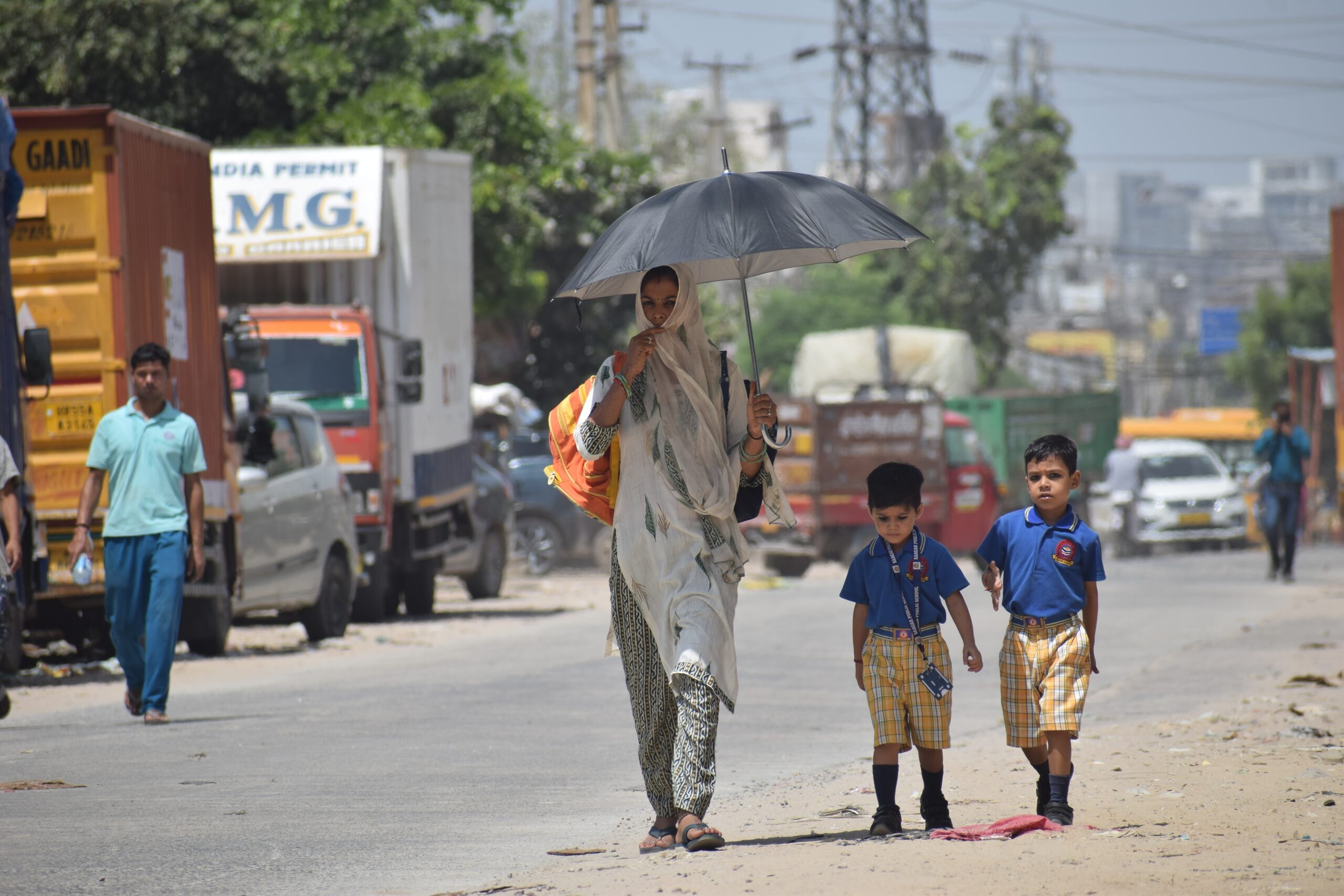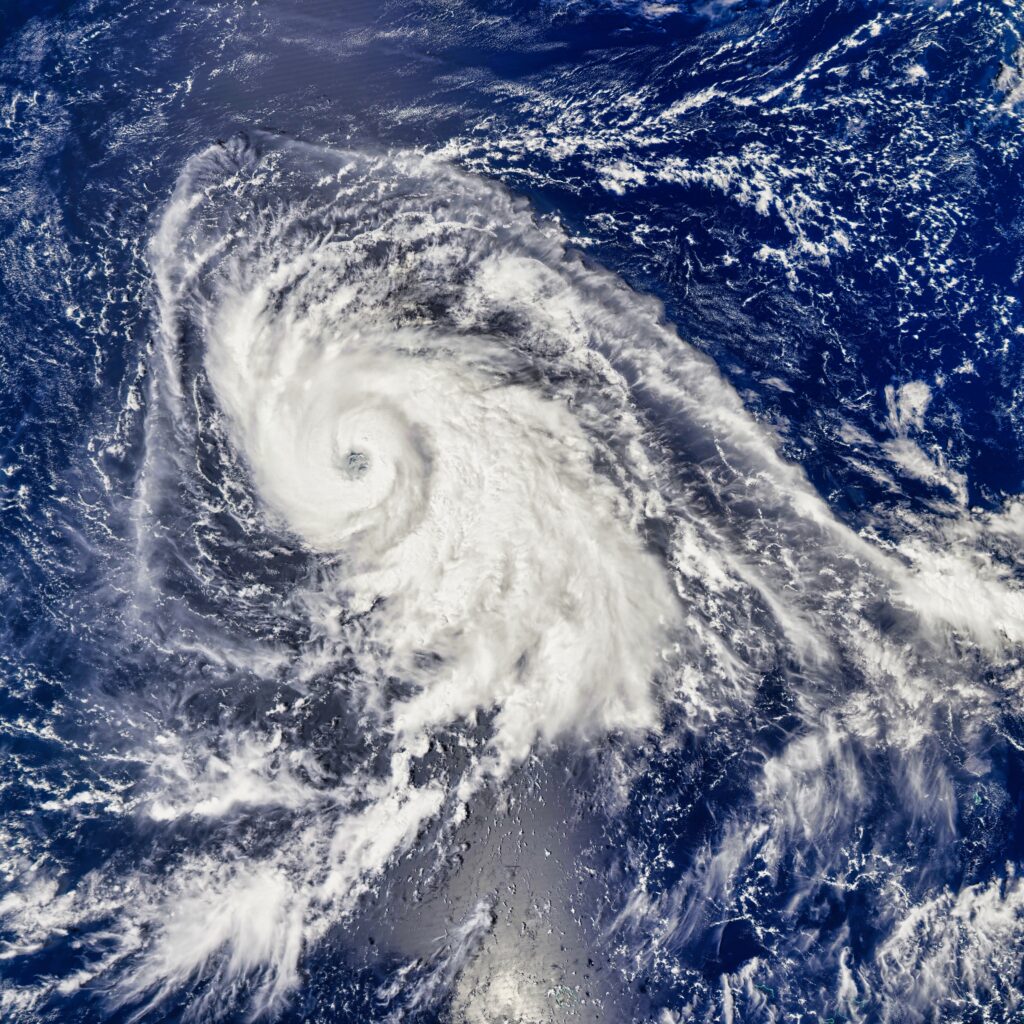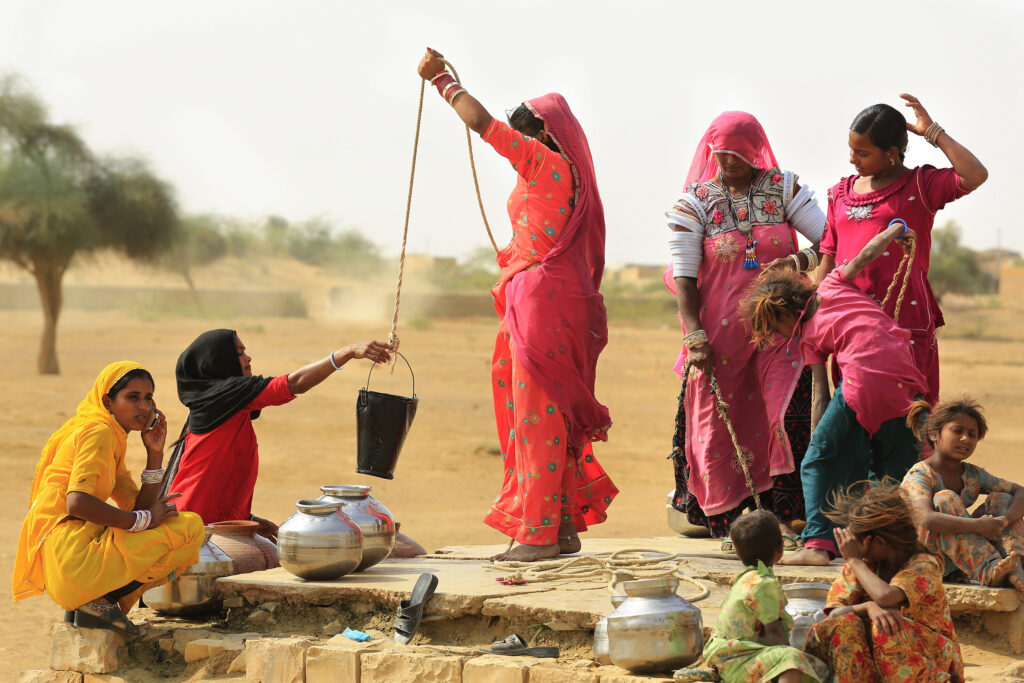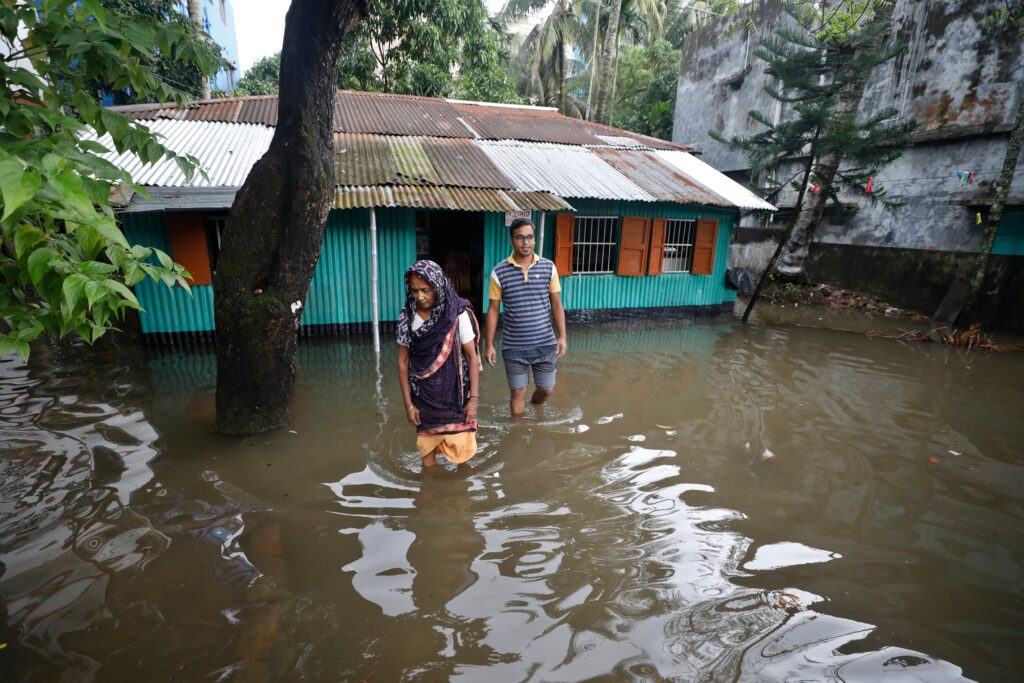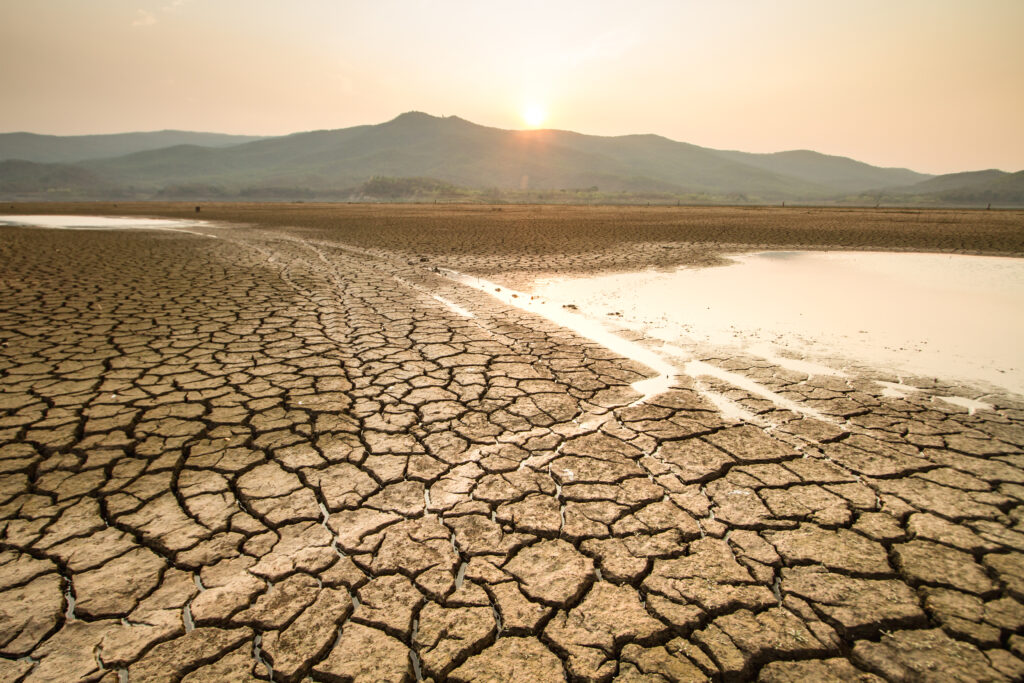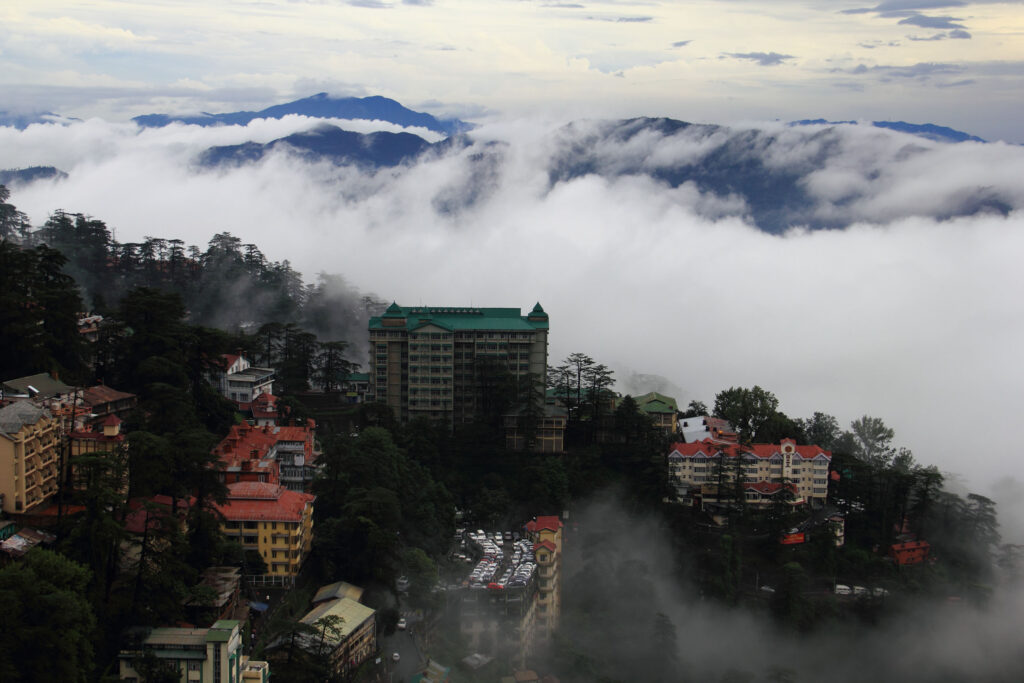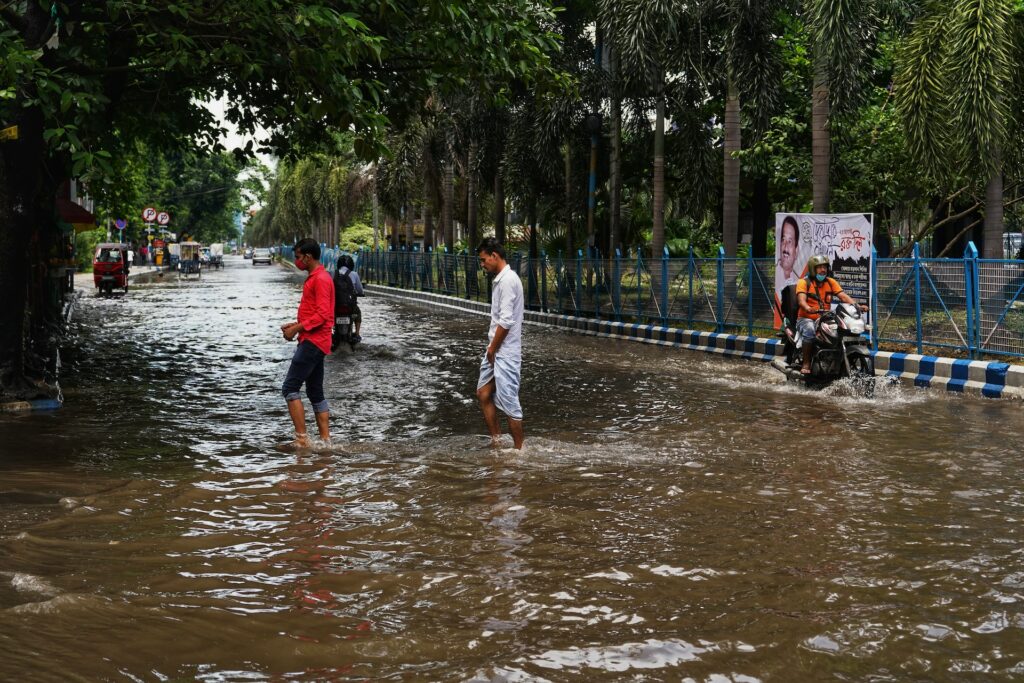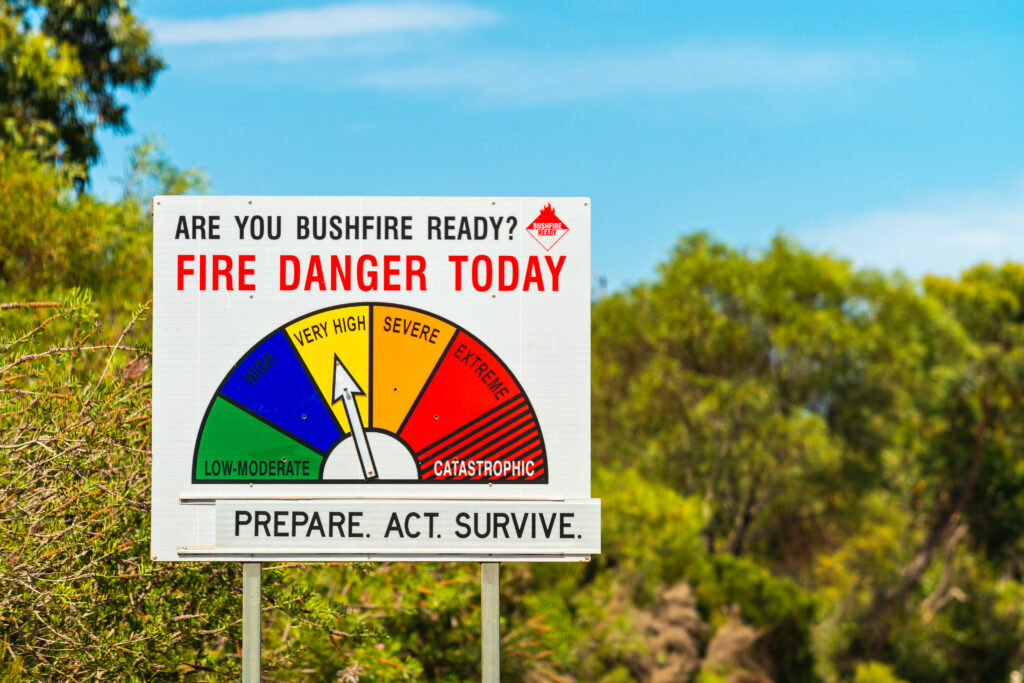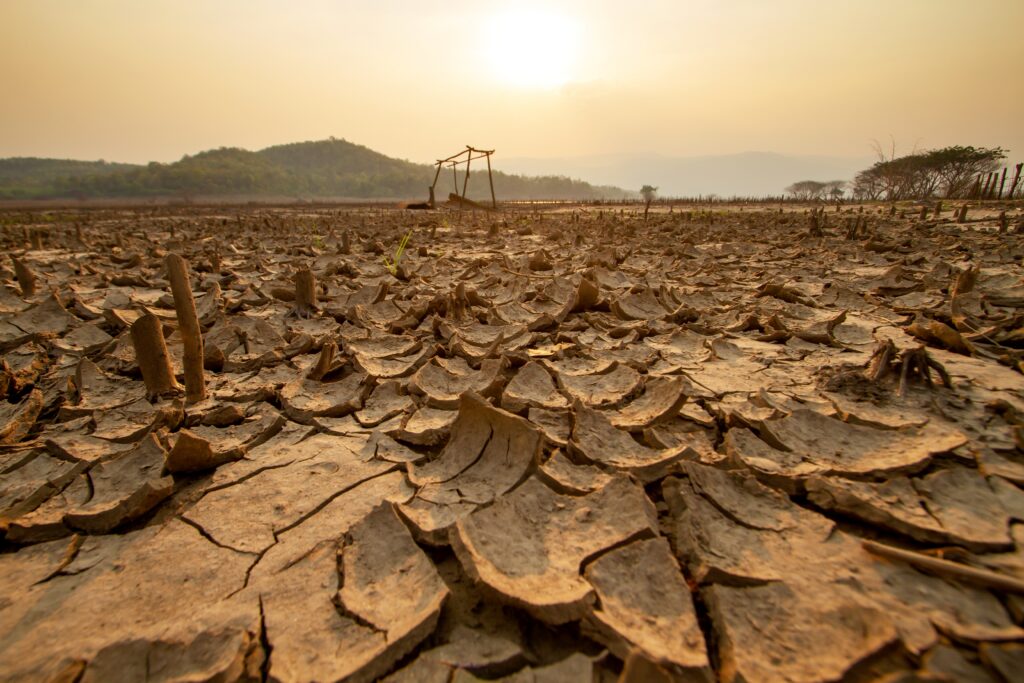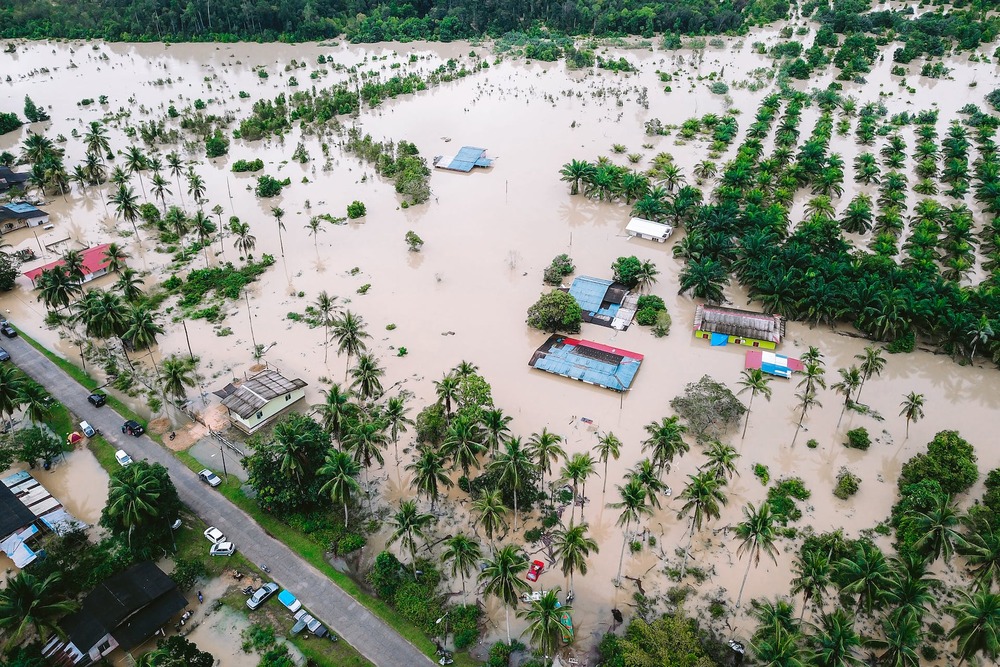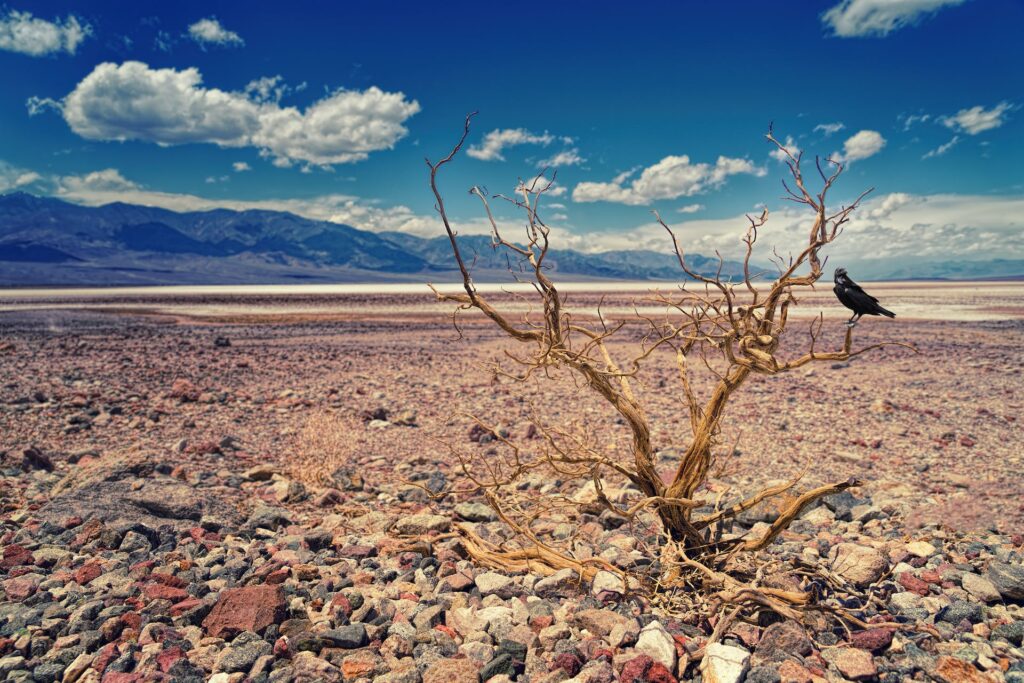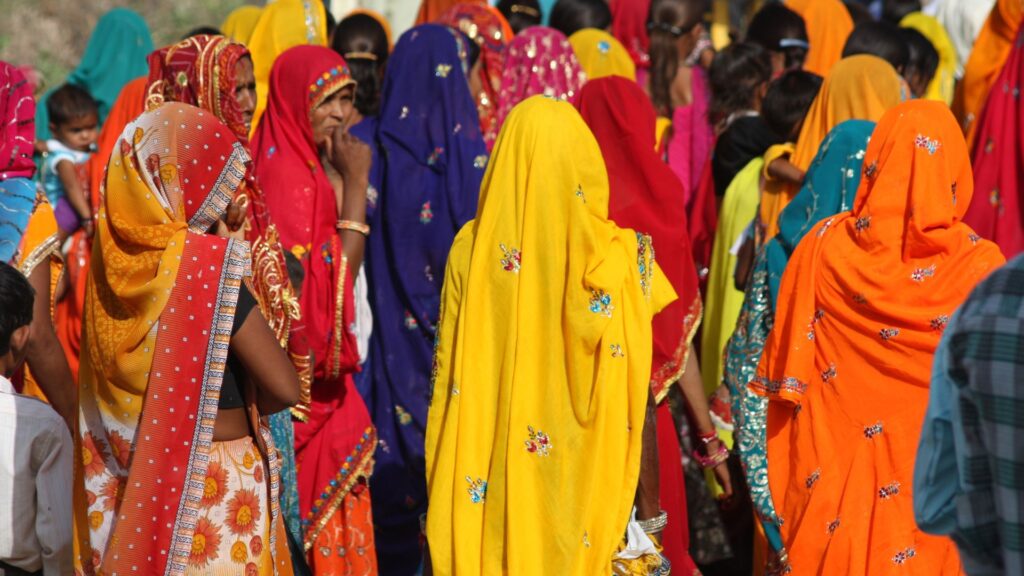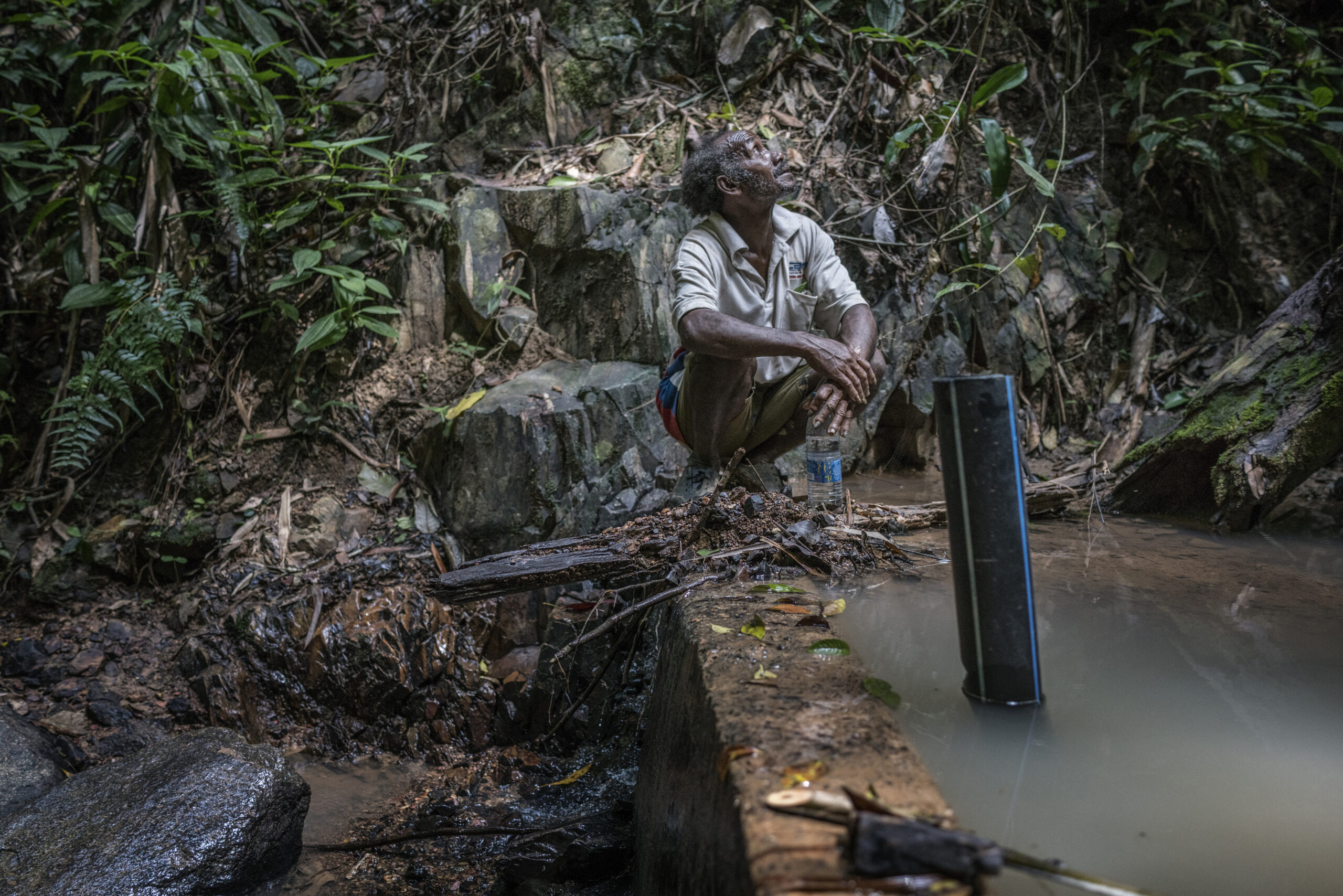Extreme heat in India is reaching dangerous levels, and its classrooms are on the front lines. As temperatures soar past 40°C in many regions, schools are being forced to close, shorten hours or adapt to extreme heat conditions. For millions of students, learning is becoming unbearable.
Extreme Heat Makes Learning Impossible
In Rajasthan and Uttar Pradesh, summer temperatures often exceed 45°C, turning classrooms into unbearable spaces. Schools with tin or concrete roofs trap heat, making it difficult for students to concentrate. Teachers report that many children experience dizziness, fatigue, heat stroke and heat exhaustion.
Udaram Solanki, a teacher in Rajasthan’s Barmer district, described how his school reached 47°C indoors, making it impossible to continue lessons. A survey in Kerala by UNICEF found that students struggle with focus during extreme heat, leaving them feeling drained and unmotivated. High temperatures reduce cognitive performance, affecting students’ ability to learn.
Heat Waves in India and School Closures
From May 17 to June 30, 2024, the Rajasthan education department mandated a summer break for all schools, while Uttar Pradesh extended summer holidays by 11 extra days in 2023 due to extreme heat. West Bengal shut down schools for a week when temperatures exceeded 40°C. Bihar’s Patna district ordered schools to end by 10:45 a.m. as a precaution.
Even states with traditionally cooler climates have been affected. In 2023, Meghalaya recorded a heatwave exceeding 35°C, leading to emergency school closures. Tripura saw temperatures exceed 40°C, forcing all government schools to shut for six days. Odisha and Jharkhand implemented half-day schedules to avoid heat exposure.
Extreme heat in India is already causing students to lose about 10% of their academic year due to climate disruptions. As temperatures continue to rise, this loss could increase, affecting long-term education outcomes.
Excessive Heat in India 2025: Expanding the Heat Belt
India’s heat belt includes Rajasthan, Uttar Pradesh, Madhya Pradesh and Gujarat, where summer highs exceed 45°C. However, Bihar, Jharkhand, Odisha and West Bengal are now experiencing intense pre-monsoon heat. Delhi recorded 49°C in 2022, prompting early school closures.
Meteorologists warn that by 2050, extreme heat in India could increase between two and four-fold, putting millions of students at risk.
Heatwaves and Adjusted School Timings
To counter extreme heat, many states have adjusted school schedules. In Bihar and Jharkhand, classes now start in the morning and end by midday. Some states have experimented with evening or night classes. Patna and Lucknow have adopted policies requiring schools to finish lessons by late morning on particularly hot days.
Assam has proposed shifting the academic calendar to start later in the year, preventing students from facing the worst heat when returning to school. Rajasthan has extended summer holidays multiple times in response to worsening conditions.
Extreme Temperatures and Classroom Cooling Solutions
Schools are turning to passive cooling techniques, such as thatched roofs, better ventilation and tree-planting, to reduce indoor temperatures. A school in Assam, Majuli’s Hummingbird School, designed with climate resilience in mind, has reported better heat management. However, when temperatures exceed 40°C, even these solutions struggle to provide relief.
In Barmer, Rajasthan, classrooms with tin roofs become unusable in peak summer, forcing teachers to hold lessons outdoors. Ahmedabad is testing “cool roofs” coated with reflective paint or insulated materials, which have been shown to lower indoor temperatures by 1–3°C.
Ensuring Hydration and Student Well-being
Water availability is a growing concern. Many states now require schools to provide students with access to drinking water throughout the day. Delhi authorities have advised schools to schedule regular water breaks and offer shaded outdoor spaces for students to rest.
In areas where electricity is unreliable, NGOs are supplying solar-powered fans and cooling units to schools.
Government and NGO Initiatives
Governments are beginning to take heat stress seriously. Several states have introduced heat action plans (HAPs), outlining protocols for school closures and preparedness measures.
Cities like Ahmedabad and Delhi have issued detailed advisories on avoiding outdoor activities during peak heat hours and recognising signs of heatstroke. Odisha has preemptively closed schools and Anganwadi centres when conditions are extreme.
NGOs and international organisations, including UNICEF, are working on climate-resilient school infrastructure projects, tree planting initiatives and low-cost cooling solutions. Bihar is piloting district-specific school timetables based on seasonal heat patterns. Research initiatives like SAHARA are testing affordable cooling technologies for schools across India.
Climate Change and the Future of Education in India
India’s rising temperatures pose a serious challenge to education. The experiences in Rajasthan, Uttar Pradesh and other regions highlight that extreme heat in India is no longer an occasional problem but a recurring crisis.
Without urgent action, the frequency and intensity of heatwaves will continue to disrupt education. Schools need heat-resilient infrastructure, including better building materials and cooling systems. Governments must expand awareness programs and ensure reliable access to drinking water for all students.
As the climate crisis worsens, protecting children from extreme heat and heat related illnesses must be a priority. Without immediate intervention, millions of students will continue to face severe learning disruptions, putting their education and future at risk.
Sara Siddeeq
Sara Siddeeq is a climate and energy writer with bylines in New Energy World, Climate News Australia, and Batteries and Energy Storage Technology (BEST) Magazine. She specialises in covering clean energy, carbon markets, and climate resilience, bringing clarity to complex topics. Sara holds a qualification in Communicating Climate Change for Effective Climate Action and is passionate about data-driven climate storytelling.
Sara Siddeeq is a climate and energy writer with bylines in New Energy World, Climate News Australia, and Batteries and Energy Storage Technology (BEST) Magazine. She specialises in covering clean energy, carbon markets, and climate resilience, bringing clarity to complex topics. Sara holds a qualification in Communicating Climate Change for Effective Climate Action and is passionate about data-driven climate storytelling.

